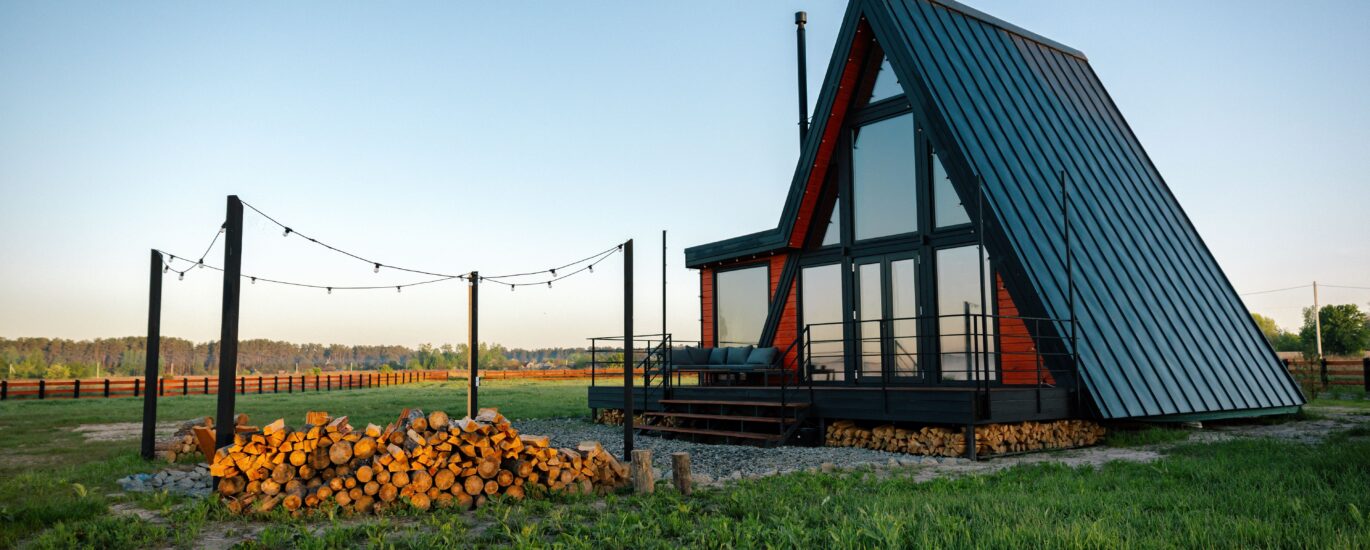


It started as a simple idea. At Little House Studios, we wanted to know what the next generation really thought about their future—not the polished answers they gave at job interviews, but the raw, honest dreams they held close. So, in the spring of 2025, we hit the road. Armed with notebooks, a few microphones, and a genuine curiosity, we set out to talk to hundreds of college seniors at graduation ceremonies across the country. From bustling city campuses to quiet rural schools, we asked one question: “What does home look like to you in ten years?”
We expected a mix of answers—some traditional, some wild. But as the conversations unfolded, a pattern emerged that none of us saw coming.
Our first stop was a sprawling university in Chicago. Graduates in black gowns milled around, snapping photos with their families. We approached a group of friends—Maya, Ethan, and Priya—who’d just finished their degrees in engineering, biology, and graphic design. “A big house?” Maya laughed when we asked. “No way. My parents have one, and they’re always stressing about the mortgage or fixing something. I’d rather have a small place, maybe on a couple acres, so I can breathe and not be tied to bills.” Ethan nodded. “Yeah, I want land—space for a garden or just to sit outside. I don’t need 2,000 square feet to dust. I’d rather save up and travel.”
Priya chimed in, “For me, it’s about time. A smaller house means less to worry about, so I can visit my family in India more often or hang out with friends without being broke.” We scribbled notes, intrigued. One conversation down, hundreds to go.
Next, we drove to a small college in Vermont, where the air smelled like pine and the grads were buzzing with post-ceremony energy. There, we met Lucas, a forestry major with a quiet intensity. “I’ve seen those huge houses on TV,” he said, “and they look like traps. I want a little cabin, something simple, with land around it. I’d rather spend my life hiking with my dog or visiting my sister than paying off a monster mortgage.” Nearby, a sociology grad named Aisha agreed. “My dream is a tiny house with a big porch. I want to host people I love, not stress about utilities.”
Over and over, we heard it: less house, more land, more life. These weren’t just offhand comments—they were convictions.
By the time we’d visited a dozen schools—urban, suburban, coastal, Midwestern—the trend was undeniable. Out of the 327 graduates we spoke to, 241 said they had no interest in owning a big house in the future. That’s nearly 74%. Instead, they painted a different picture: modest homes, often under 1,000 square feet, paired with a few acres of land. “I want a small space I can make my own,” said Jamal, a computer science grad from California. “Something low-cost so I can work remotely and travel—see Japan, Chile, wherever.”
Others echoed the sentiment. “Big houses are for showing off,” said Claire, an art history major from Texas. “I’d rather have a cozy place and the freedom to visit my grandparents more.” A finance grad named Raj put it bluntly: “The math doesn’t even make sense. Why sink all my money into a house I don’t need when I could have a smaller one and still afford to live?”
As we sat in a roadside diner after our final stop, flipping through pages of notes, the “why” crystallized. These kids—bright, ambitious, and just stepping into the world—weren’t rejecting homes altogether. They were rejecting the baggage that came with the old model. Big houses meant big loans, big utility bills, and big responsibilities that tethered them to one spot. They’d watched their parents or older siblings wrestle with that life, and they wanted something different.
Land, though? That was possibility. A small house on a few acres offered room to grow food, host friends, or just sit under the stars—without the financial chokehold. It meant lower overhead, so they could save for plane tickets, pursue passions, or simply spend time with the people they cared about most. “I’d rather have memories than a mansion,” one grad, Sofia, told us as she adjusted her cap. “A small home lets me do that.”
Those conversations stuck with us. Back at Little House Studios, we gathered around a table littered with coffee cups and transcripts. “They’re not just dreaming,” our founder said, tapping the stack of notes. “They’re telling us what they need.” And so, we got to work. We started designing homes that fit this vision—compact, efficient, paired with plots of land where life could unfold. Not cookie-cutter suburbs, but spaces for real living: a 600-square-foot cabin with a wide deck, a 400-square-foot retreat surrounded by wildflowers, a modular home that could grow with a family or shrink with a solo journey.
The graduates we met didn’t just share their dreams—they shaped ours. They reminded us that home isn’t about size; it’s about what it lets you do. At Little House Studios, we’re building for them—for the generation that wants less house, more land, and a whole lot more life.